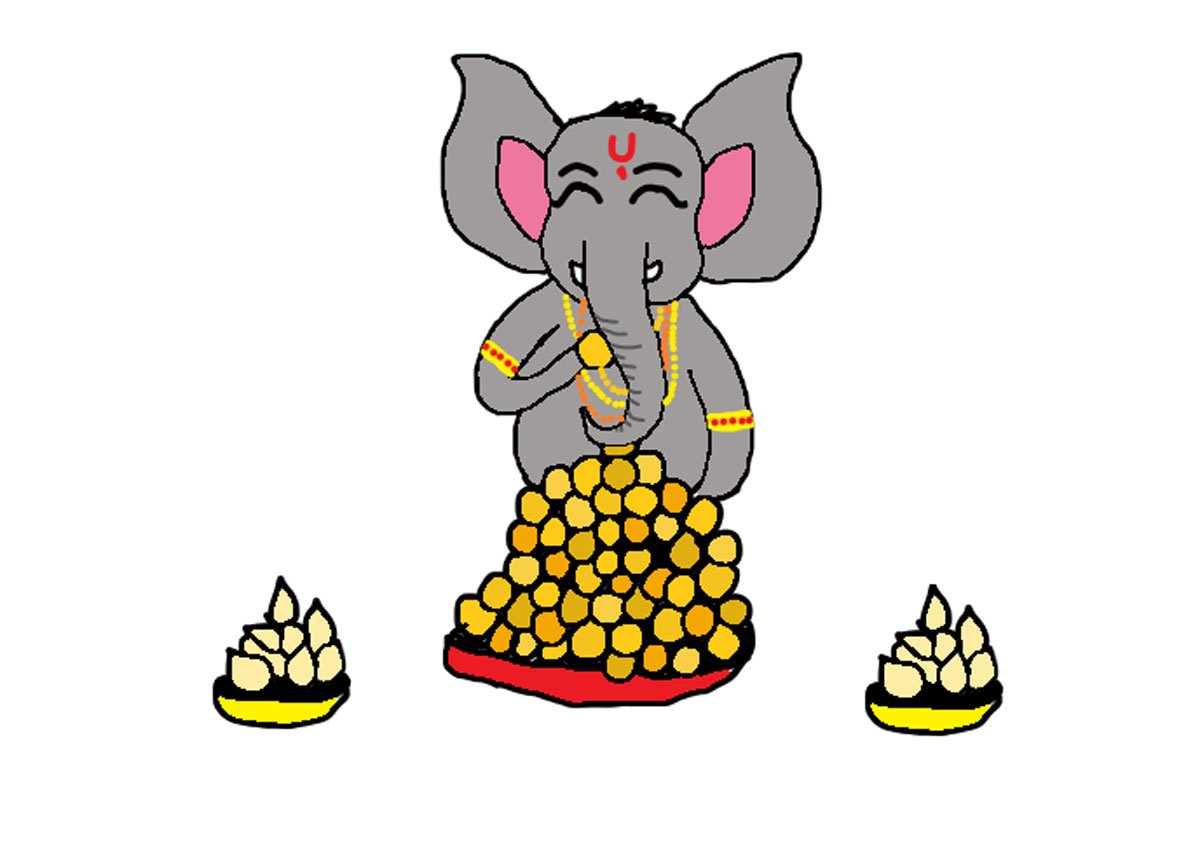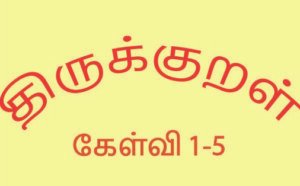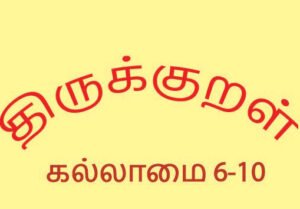Ganesh Chaturthi
Why and how do we celebrate Ganesh Chaturthi?
On the tenth of September, less than a week away falls a famous and energetic festival-Ganesh Chathurthi or Vinayak Chathurthi. While the most flamboyant celebrations happen in Maharashtra, the worship of Ganesh or Vinayak is common to people from many states.
Ganesh Chathurthi celebrates the birth of Ganesh, the elephant-headed God. Legend says that Parvati, the mother goddess, made a little boy’s figure using soil and breathed life into him. She asked him to stand guard while she went to bathe. Shiva came to see her just then, but the little boy wouldn’t let anyone go past him. In the ensuing fight, Shiva sliced the boy’s head. Parvati was furious and bereft. Shiva regretted his deed and promised to bring the boy back to life. He asked his followers, the ganaas, to get the head of the first living being they encountered. We have the ganas to thank for our impish, elephant-headed God because that’s what they brought back, the head of an elephant!
The festival is ten days long. It begins on Chaturthi, meaning the fourth day, of the month of Bhadrapada. People place the Ganesh idol on mandaps, which means ‘raised platform’ in public pandals or large tents. If it is a celebration at home, families place the idol on a special plank set aside for this. Prayers are said for pranapratthishtha, which signifies that the idol is given life-that God resides in the idol. Devotees decorate the idol with many items like sandalwood and flowers. Many kinds of treats are offered to God and then distributed as prasad. No surprise there, for Ganesha loves his food. There is modak made with jaggery and coconut, kheer or payasam, laddoo, poli or obbattu, and shrikhand. In Tamil Nadu modak is called Kozhukattai. There is even a salty version with yellow mung-called uppu kozhukattai. The Ganesh idol is taken to a waterbody on the last day, be it a river, seashore or pond, and immersed in the water.
In the southern states of Andhra, and Tamil nadu it is common for families to make their own Ganesha idol using clayey soil. A type of grass called Arugam pul is woven into a garland for the idol.
In Karnataka, families worship Ganesha’s mother, Gauri on the eve of Ganesh Chathurthi. This night is called Gauri Habba. The following day on Chathurthi, Ganesh idols are placed in Pandals for community worship.
The public worship of Ganesh Chathurthi began during the days of Chathrapathi Shivaji to energize his subjects against the rule of Aurangazeb. Later, when the British banned public gatherings, Bal Gangadar Tilak revived the public celebrations to bring all Indians together against the British.
What is the significance of Ganesh Chathurthi celebrations? Hindus worship Ganesh as the Vignaharta-meaning the remover of obstacles. The story behind Parvati’s creation of Ganesha symbolizes the importance of mother earth. We have to care for the earth if we are to live in harmony with nature. Ganesh worship is about using materials that care for our earth and our oceans.
In these troubling times, we have another responsibility to our fellow countrymen. This is not the time for crowded celebrations. We are still recovering from the second bout of Covid 19. So, stay away from crowded processions and pray to Ganesh at home to keep Covid at bay.
May the Vignaharta remove the obstacles in your path to success.
Click here to listen to podcasts on other Indian festivals: 199313





